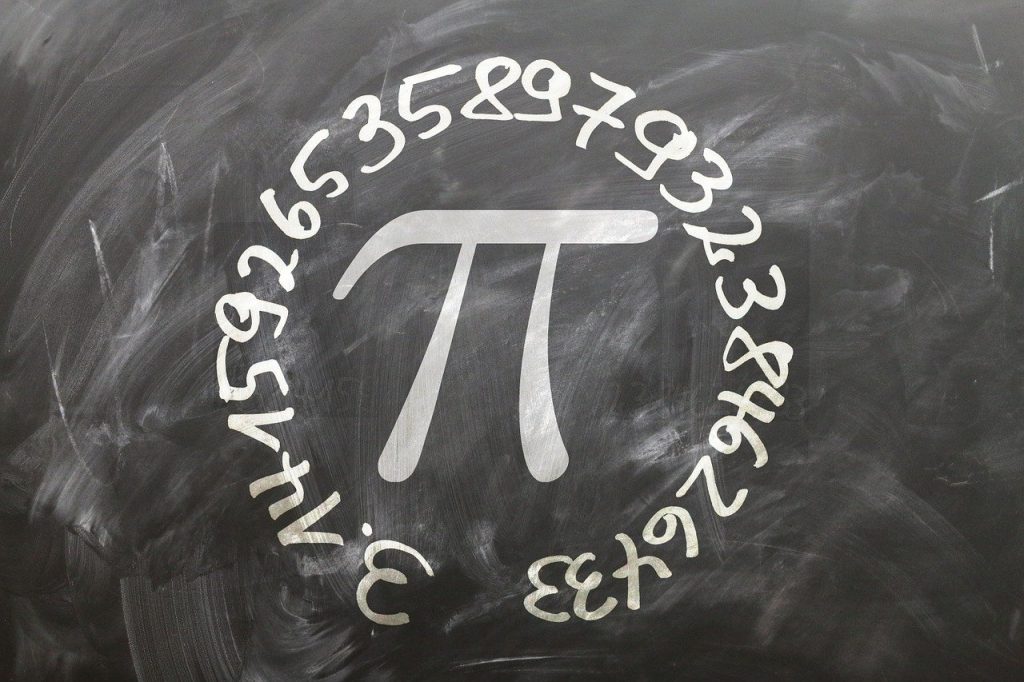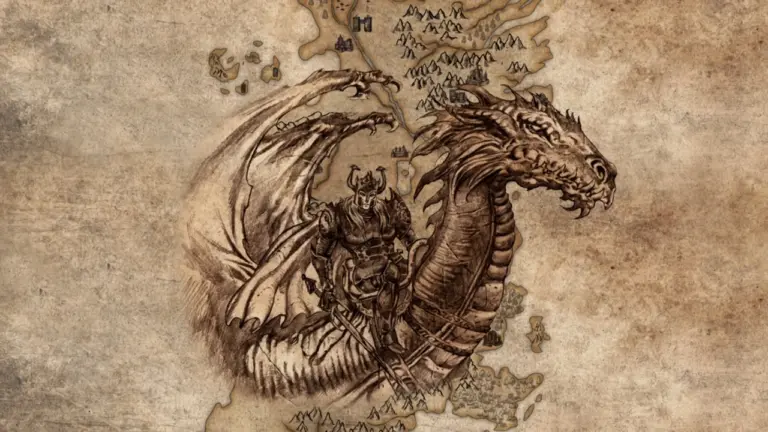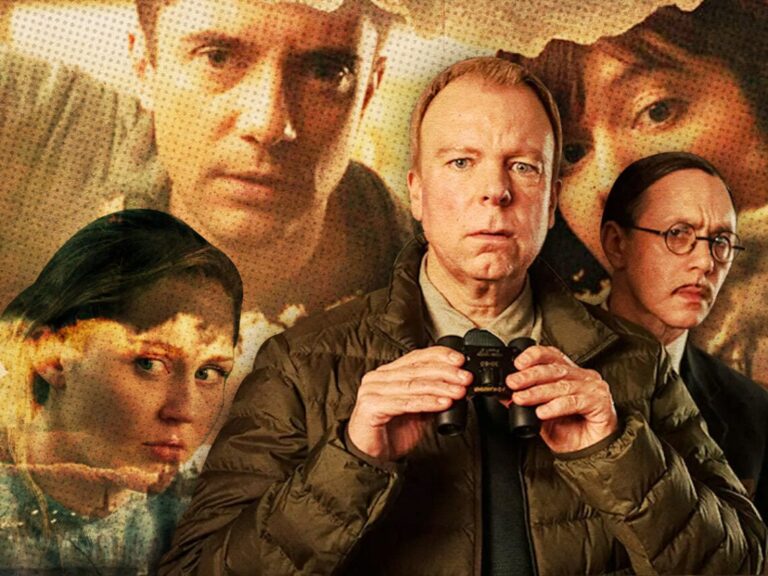Classroom-Friendly Binges
Time to admit it: kids’ TV today can look a whole lot like a classroom – but the twist is, nobody’s bored, least of all the parents. Now, if that sounds a bit like a fever dream cooked up by over-caffeinated ed-tech executives, don’t worry. We’re talking about a real movement that’s sweeping through the world of children’s streaming. Let’s crack this wide open.
Backpacks Optional: Why Shows Now Double as Lesson Plans
You could say the new class clown is, well, class itself. Over the past couple of years, streaming giants and stalwart broadcasters have been elbowing each other to craft shows that not only entertain kids but also sneakily teach them something valuable.
For example, PBS, the grandmother of wholesome children’s television, dropped “Time Travelers.” This show doesn’t just settle for telling stories about the past – it whirls kids right into the thick of history. Think less “reading about the Civil War” and more “chatting with abolitionists while dodging mud puddles.” It’s interactive, so kids get involved and make choices that shape the adventure. Suddenly, little Sofia isn’t just hearing about ancient Egypt. She’s navigating Nile floods first-hand, all without leaving the living room rug.
Flip over to Netflix, and you’ll find “The Quest for Pi.” On paper, it sounds like an algebra teacher’s bribe – adventure quests where the treasure maps are geometry puzzles, and villains challenge you to math duels. But the trick is, the show disguises equations as mysteries and laughter, so kids don’t even realize they’re learning until the credits roll.
Meet the Neighborhood: New Stars in Edutainment
Sure, “Time Travelers” and “The Quest for Pi” set the stage, but the real fun comes as more shows jump onboard.
- “Skillsville” is the kind of clever programming PBS Kids loves to champion. Imagine your child gets dropped into a magical game world – think video-game-style graphics, quirky characters, and a dash of Saturday morning cartoon energy. The twist? Kids explore different jobs, trying on everything from chef hats to astronaut helmets. Each episode focuses on one of five key life skills – feeling, focusing, organizing, remembering, and thinking differently. After the show wraps, most kids are itching to play the connected games on the PBS Kids app. And those games go hand-in-hand with what they just watched.
- Then there’s “Lyla in the Loop.” Lyla, a sharp and spunky animated kid, teams up with her pal Stu – a literal ball of fur and fun. The duo faces everyday community problems, but they don’t just wing it. Instead, they use “computational thinking”—a fancy phrase that basically means solving big problems by breaking them into bite-sized puzzles.
- Over in the land of numbers, Netflix’s “The Quest for Pi” leans hard into code-breaking, counting, and those classic “aha!” math moments. If your kid starts asking to solve for X instead of hiding their math homework, you’ll know who to thank.
Teachers in the Writer’s Room: How Educators Are Secret Weapons
So, who’s secretly pulling the strings behind these lesson-packed adventures? Teachers, that’s who! Content creators have started bringing real educators into the writer’s room. They’re not just slapping a math problem onto a script and calling it a day. Together, teachers and writers stitch school curriculum into plots, making sure the episodes tick all the boxes for grade-level learning.
Take PBS’s “Skillsville.” The whole idea for the show hatched from a partnership between Sinking Ship Entertainment and How She Knows, two companies knee-deep in kid-friendly content and school outreach. Even Uncle Sam chipped in, thanks to a Ready to Learn grant from the U.S. Department of Education. Everyone wants kids to pick up work skills before they even get to high school.
It’s all about alignment. The goal: when teachers rave about “Skillsville” or parents spot it on a school resource list, everyone knows the information in the show matches what kids need for real life and state standards. Even better, the shows slot nicely into classrooms. They’re not just replacing recess – they’re making school more colorful.
Quizzes Turned Cool: Interactive Layers Hook the Little Ones
Kids love a challenge, so here’s where things get clever. The best edutainment shows don’t stop at just telling stories. They go the extra mile and build bridges between what’s on screen and what happens afterward.
For instance, “Skillsville” doesn’t just leave kids hanging when the episode ends. Tap over to the PBS KIDS Games app, and you’ll find play-along games starring the same characters. Got a kid who’s hesitant about new lessons? Watch how quickly they jump into matching, sorting, and organizing challenges when a favorite show character leads the quest.
Some series take it even further. Imagine unlocking a mini-quiz after you watch a “Quest for Pi” episode. Maybe Lyla from “Lyla in the Loop” pops up with hints while your child solves a logic puzzle in her digital world. These tidbits of gamified learning make the lessons sticky. Kids win points. They move up levels. And they actually want to come back for more.
All Thumbs Up: Parents Love the New TV Homework
Now, let’s be real – parents often dread passively parking their kids in front of a screen. But something’s changing. Scroll any parenting group or check the latest viewing stats, and you’ll find parents are singing a happier tune about these shows.
And why not? They’re guilt-free TV. You’re not setting your kid up for a mind-melting cartoon marathon – instead, you’re giving them a head start on everything from critical thinking to teamwork. Netflix’s data proves the trend: in the first half of 2024, shows aimed at Gen Alpha dominated their family charts. “CoComelon” alone scored a mind-blowing 124.5 million views over just a few months. “Peppa Pig” wasn’t far behind. When educational shows crack the top of the streaming charts, you know parents are backing the trend.
Plus, these programs offer a secret weapon for families dealing with homework stress. If your child gets stuck on fractions, you can bet “The Quest for Pi” will toss in a joke or two to lighten the mood. And because these shows often match up with what’s happening in actual classrooms, families can review together without even cracking a textbook.
Why this TV Trend Isn’t Fading
Edutainment’s success is about more than flashy animation and catchy theme songs. The smartest producers know the real draw comes from showing the world as kids know it. Diversity isn’t token – it’s front and center. Characters come from every background and ability, so every kid can spot themselves somewhere on the screen.
The future is even brighter. Creators are experimenting with virtual reality field trips to ancient China, real-time quizzes built into streaming apps, and science projects that ask your smart speaker for help. The technology moves fast, but the philosophy remains: keep kids curious and laughing, and learning follows close behind.
The most interesting part? Schools are leaning in. Educators are building show episodes straight into lesson plans. Some even stream parts of “Skillsville” at the start of the day to set the tone. Platforms and educators work together, making it easier to bridge home and school life through one well-written half-hour of TV.
The Final Bell Rings – with a Smile
So, here we are: homework’s hanging out on streaming platforms, and everyone from teachers, parents, and – believe it or not – kids, are pretty happy about it. The old “no TV on school nights” rule? It’s evolving. As shows double as lesson plans and screens turn into classrooms, we’re raising a generation of kids who actually ask, “Can we watch one more math adventure before bed?”
Bet you never thought you’d see the day.
But then again, that’s what happens when the best part of the school day happens between the couch cushions and a glowing screen. And as producers, parents, and educators blend lessons with laughs, one thing’s certain: TV time isn’t just smart; it’s the smartest it’s ever been.





